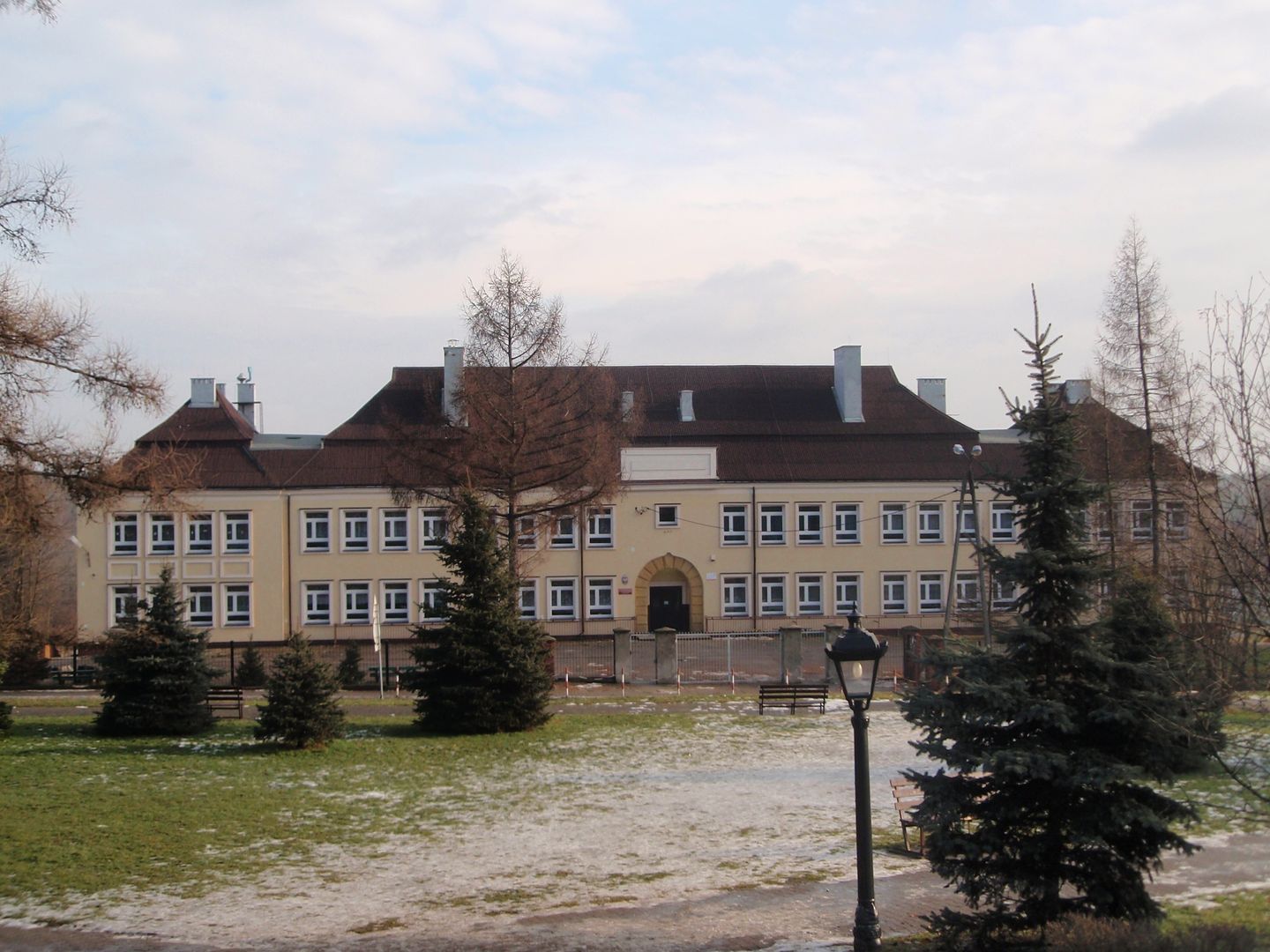Sławków
7.13

Overview
Sławków, a city in the Silesian Voivodeship, boasts a rich history dating back to pre-location times when a fortified settlement existed on a hill. The first mentions of Sławków as a bishop's settlement appeared in 1220. The city obtained its town rights in 1286. Its name derives from the legendary knight Sławko, and in foreign languages, various versions were used, such as Slavcov or Schlaca. Sławków was once an important trade and administrative center, known for silver and lead mining. After major fires and invasions, the city lost its significance in the 15th century, becoming an agricultural hub. In the 19th century, mining developed, but in 1870, it lost its town rights, which were not regained until 1958. The architecture of Sławków features historic buildings, churches, and traces of old urban layouts, including the market square, which is the central point of the city. Culturally, the city engages in cooperation with partner towns, such as the Czech Slavkov u Brna. Sławków has a well-developed network of tourist trails, attracting hiking enthusiasts, and is also a venue for various social events. Various religious communities operate in Sławków, including the Roman Catholic and Polish Catholic Churches, as well as a Jehovah's Witnesses congregation. The city emphasizes sports, with traditions tied to the local football club MKS Sławków. Sławków is located at the junction of important transport corridors, predestining it to play significant logistic roles in the region. In recent years, the city has undergone various demographic changes related to industrial and infrastructure development, as well as investments in education, which has deep traditions dating back to the Middle Ages. Sławków is a remarkable place where history meets modernity, and local communities actively engage in the cultural and social development of the region.
Location
2025 Wizytor | All Rights Reserved


